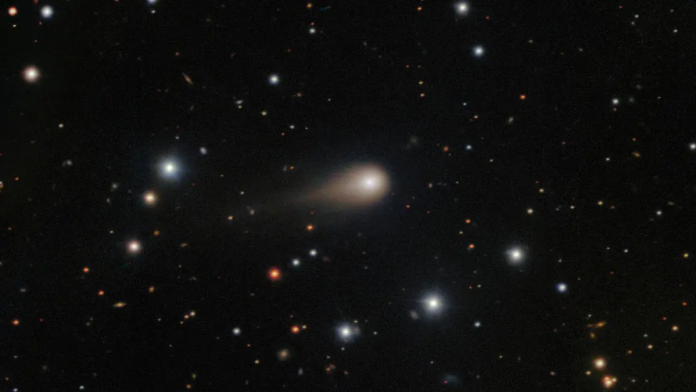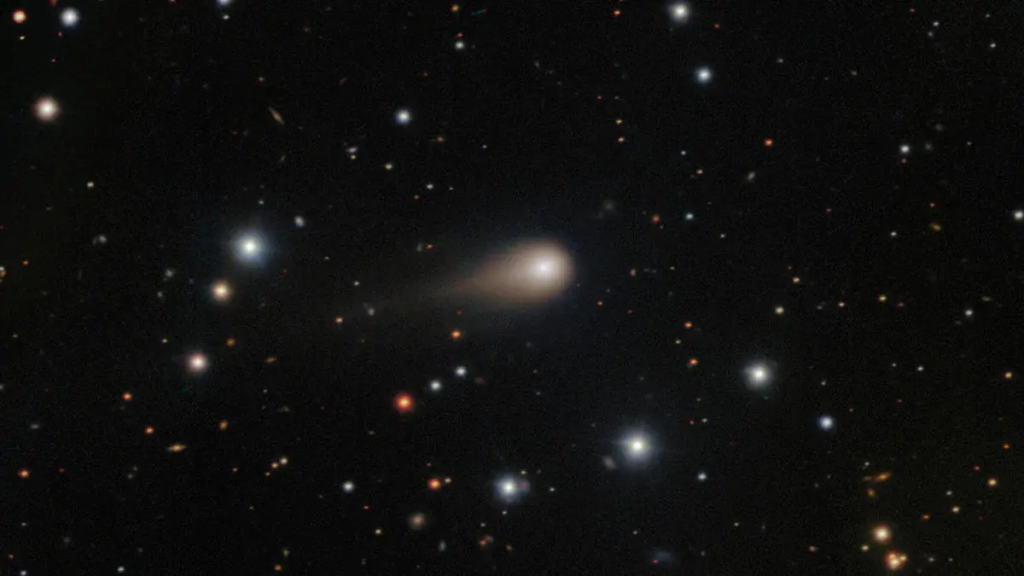
It was moving too fast, too reflective, and too strangely shaped to be ignored. When astronomers first detected the massive object whizzing through our planet’s path, the sighting of ‘Oumuamua and 2I/Borisov followed closely. But this visitor’s reflectivity, size, and velocity were unprecedented, and they have set off a chain reaction of scientific curiosity, policy debate, and even speculation about alien technology.
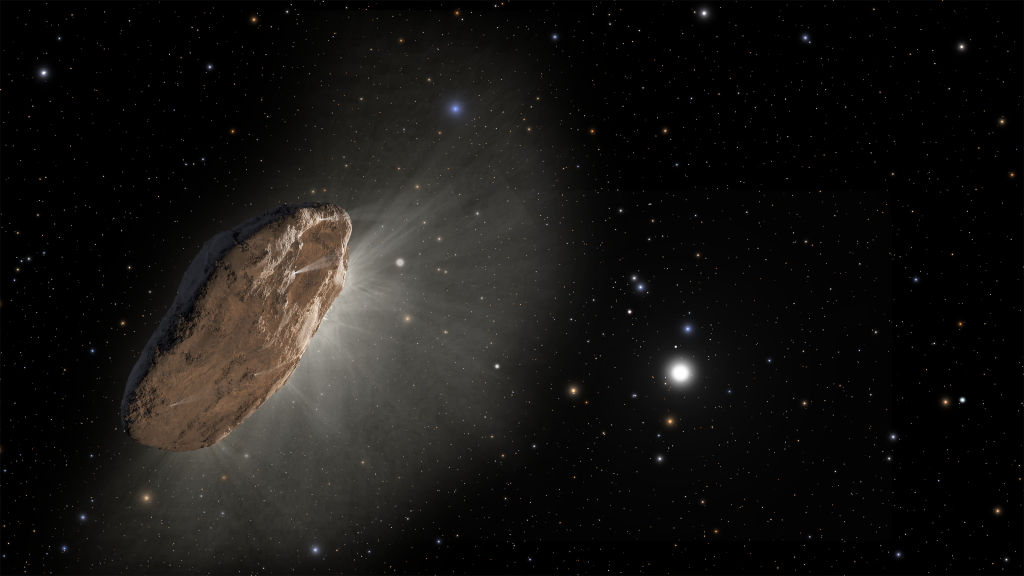
1. An Unusual Visitor
Early estimates would place the object several hundred meters in diameter, which would make it one of the largest interstellar objects ever to enter into the inner solar system. Its speed tens of thousands of kilometers per hour is even for interstellar objects, just a little slower than the 210,000 km/h speed of comet 3I/ATLAS. Its extended form and high albedo distinguish it from conventional asteroids or comets and have led some to wonder whether it could be an artificial object. Similar to ‘Oumuamua, which changed in brightness by a factor of 10 during rotation, the object’s shape suggests a complicated, possibly artificial, geometry.
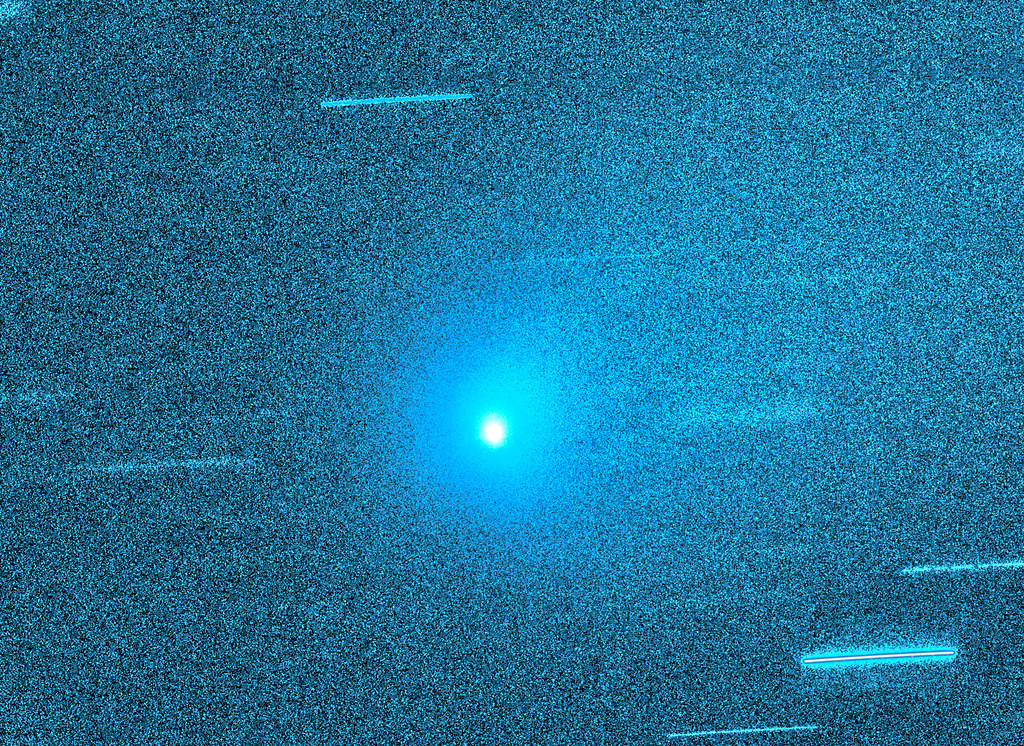
2. Parallels and Offshoots of Previous Interstellar Visitors
‘Oumuamua’s peculiar cigar shape and enigmatic acceleration, 2I/Borisov’s cometary origin, and 3I/ATLAS’s extremely high CO₂-to-water ratio all joined the ranks of known interstellar phenomena. The new object shares all theirs long shape, non-standard reflectivity, and path that will closely skirt Earth’s orbital plane but people have not observed all three yet. Harvard’s Avi Loeb, who had already argued that ‘Oumuamua could be an artificial probe, stated that such types of anomalies “should not be dismissed out of hand.”

3. The Alien Probe Hypothesis
Loeb and some others recently submitted a preprint in which they have argued that the very precisely tilted angle of the object’s orbit can give it “access to certain key target planets” and interception by human spacecraft would be nearly impossible. They credit proposed non-gravitational acceleration unpaired with visible outgassing an occurrence also seen in ‘Oumuamua and perihelion opposition, when it will be opposite the Sun from Earth, as possible indicators of spying. While most astronomers rule out extraterrestrial technology as a possibility, the furor speaks to the boundaries of current observational proof.
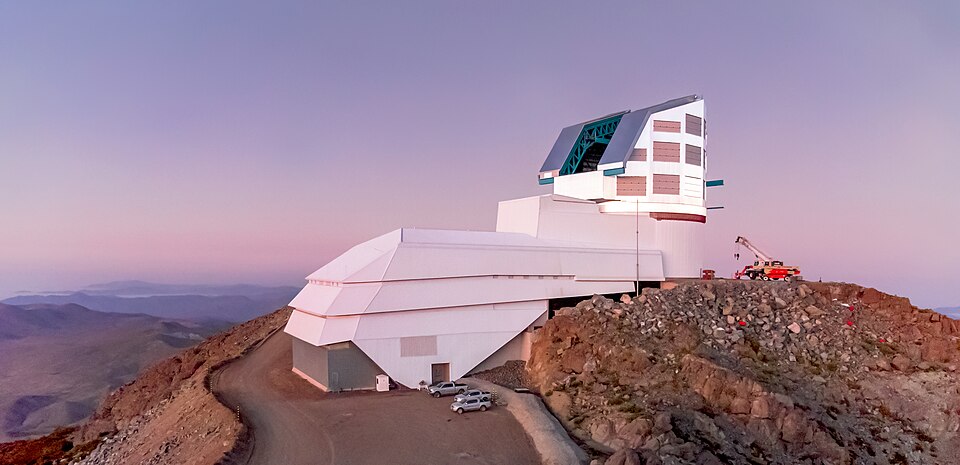
4. Monitoring within the confines of Current Technology
World observatories are pointing the world’s most powerful telescopes at the target. The Vera C. Rubin Observatory, designed to discover millions of new asteroids in its first few years alone, is offering positional information to NASA and ESA. Radar observation remains limited, however: since the loss of Arecibo only one planetary defense radar remains and that is the Goldstone Solar System Radar, to be replaced in 2026. It will be some like the ngRADAR system at Green Bank that is reintroducing high-sensitivity imaging, though still a development project.
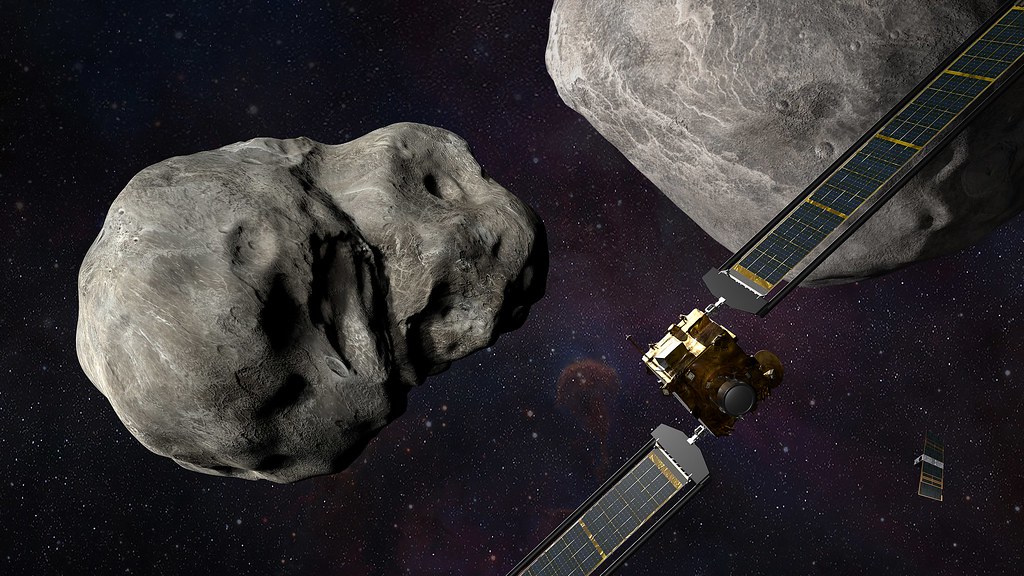
5. Planetary Defense Implications
With low-estimated impact probability, size alone is cause for alarm on the object. Regional destruction or worse may be caused by impact with a body of a few hundred meters in diameter, depending on entry type and orientation. NASA’s Planetary Defense Coordination Office and the ESA Space Safety Programme are utilizing this event to practice response-to-detection pipelines to destruction, learning from the kinetic deflection of Dimorphos by the DART mission. International cooperation under the UN’s International Asteroid Warning Network is being accelerated following the discovery.
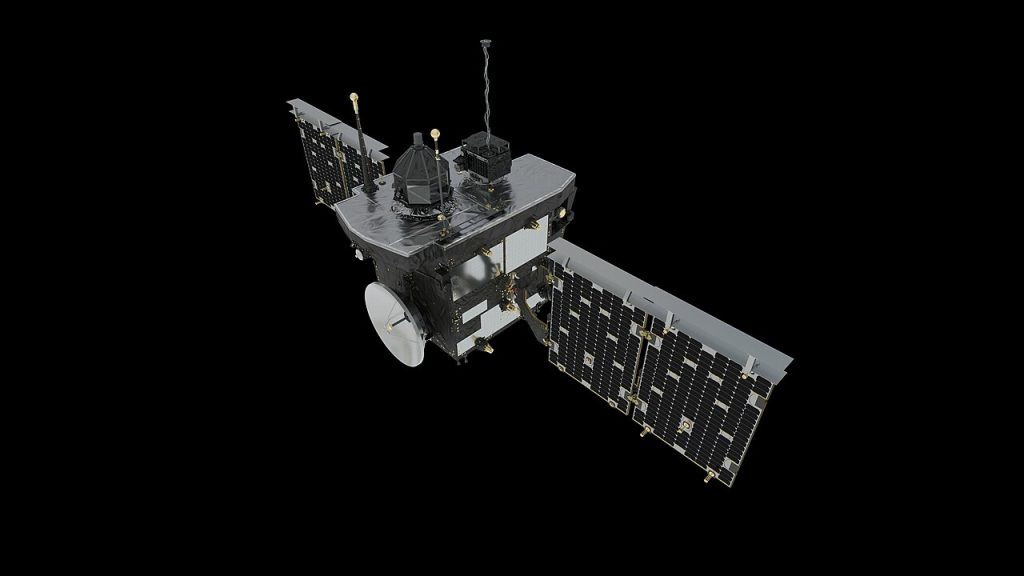
6. Missions in the Pipeline
Excluding an interstellar object is a daunting mission. Its very high approach velocity leaves very little pre-warning time to design a mission, launch, and intercept. ESA’s Comet Interceptor, which will launch in 2029, will be waiting in space for a year, but this one object will come too early. Concepts for gram-scale lightsail probes to prompt response chemical propulsion missions are proposed for subsequent encounters based on trajectory modeling techniques utilized in the estimation of ISO origins across billions of years.
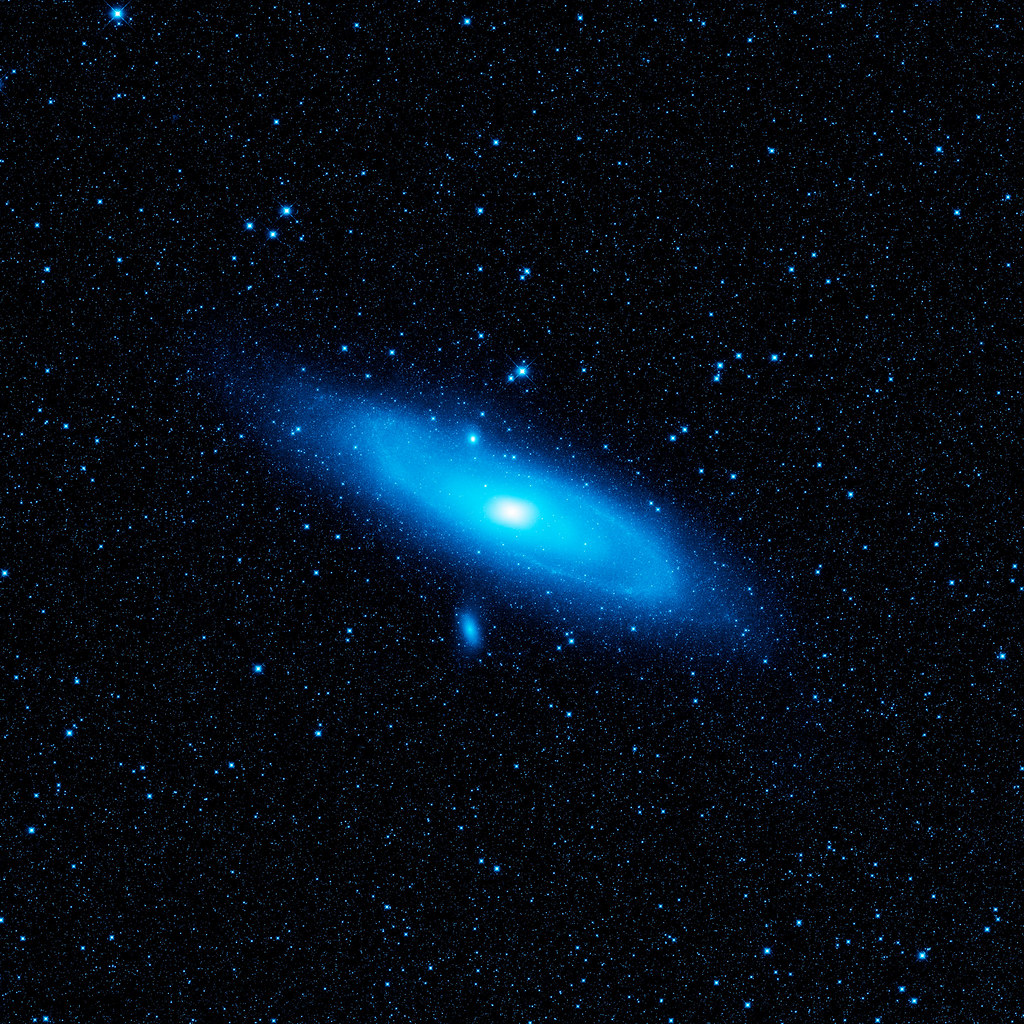
7. Composition Cues and Ideals for Origins
Spectroscopy is being tried to determine the origin of brightness of the object from metallic surfaces, icy crusts, or reflective organics. Earlier interstellar comets like 3I/ATLAS contained nickel without iron and CO₂-rich comae, which are signs of extreme formation sites near CO₂ ice lines in other protoplanetary discs.
If this kind of irregularity is observed here, it could suggest a source region in the Milky Way’s thick disk where ancient, metal-poor stars reside or even yet older stellar populations.
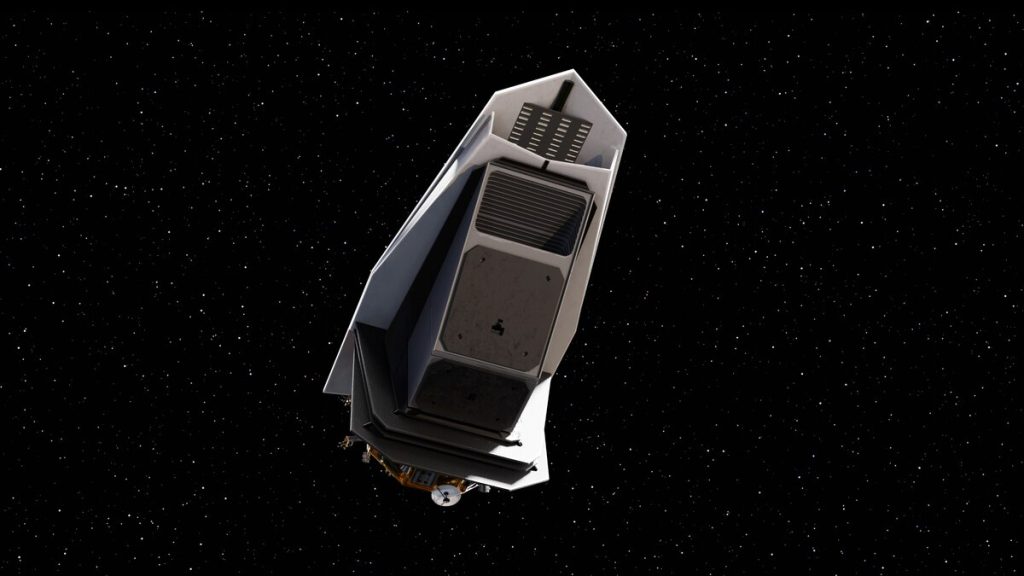
8. Public Interest and Policy Ripples
The possibility, if remote, of an extraterrestrial probe has stimulated public imagination, spilling over into debate about space security and priorities for exploration. Random public heights have funded telescopes, survey expeditions, and defense installations in the past. Policymakers are mulling over rushing the likes of NEO Surveyor and expanding international data-sharing agreements to facilitate faster characterization of future arrivals.
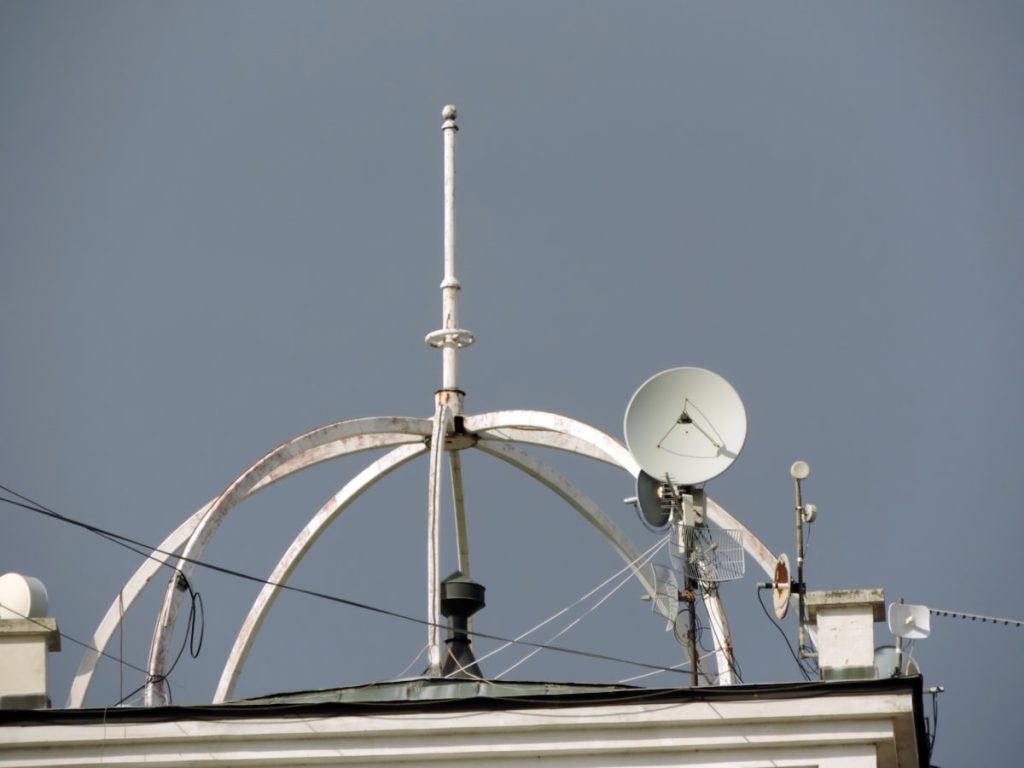
As the object approaches its perihelion, the world’s scientific equipment is in ecstacy: telescopes, radar antennas, and computer programs all rush to attempt to comprehend it. Whether it is a dead piece of interstellar rubbish or something even more bizarre, the occurrence is already altering human planning for and human contemplation of visitors from space.
